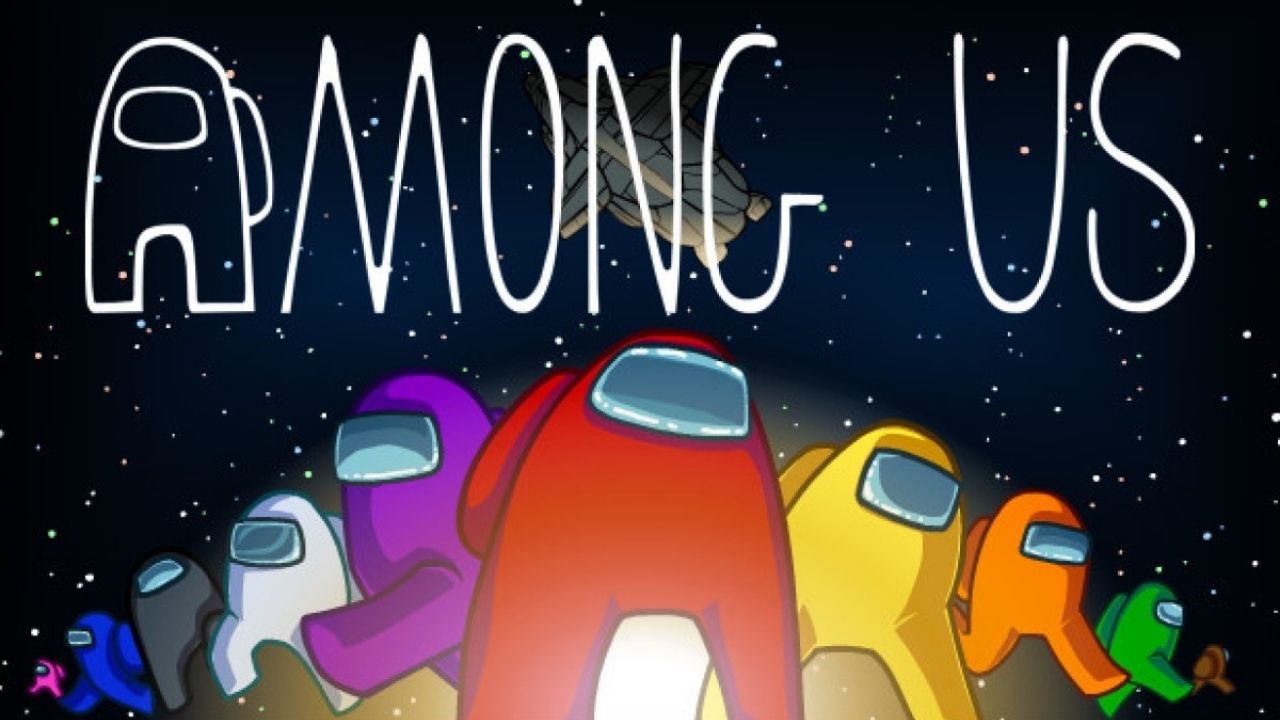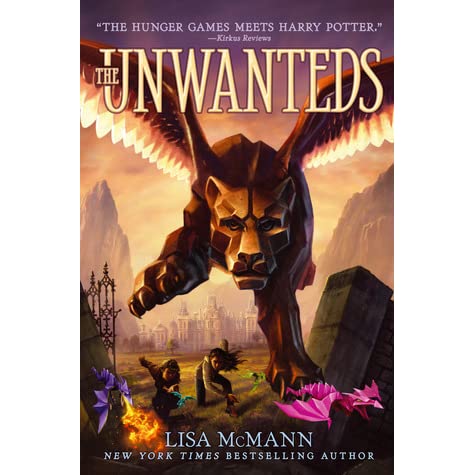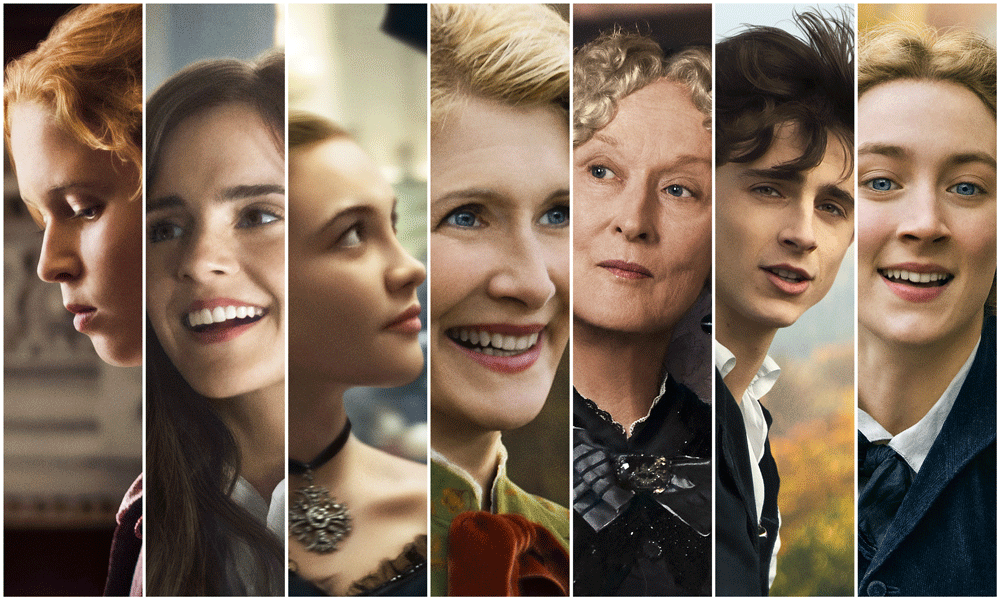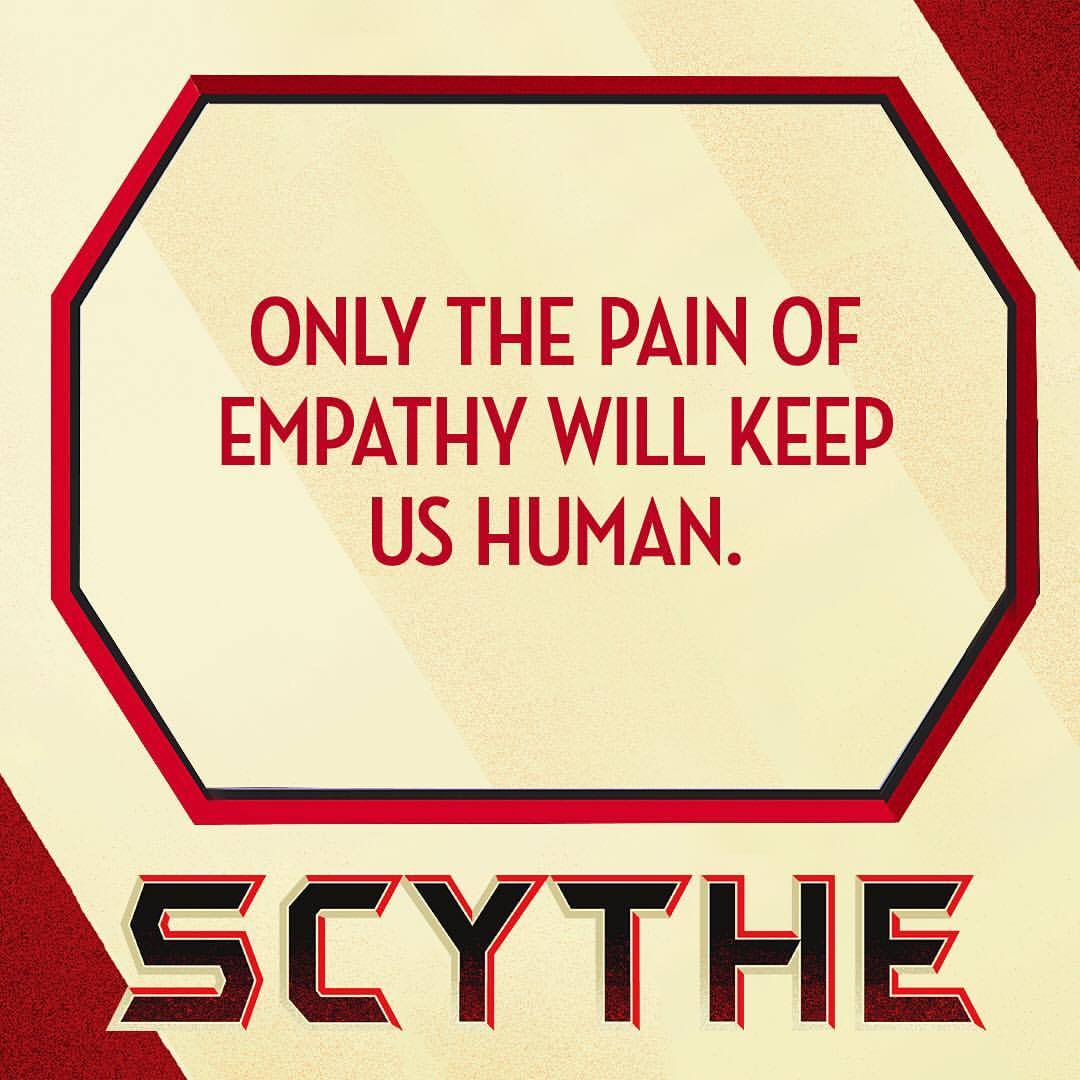BY ROWAN RAVERTY
STAFF WRITER
Has this distance learning gotten too boring for you? Need some action in your life? Want to leave your house and travel? Getting tired of those FRIENDS reruns and need something new to watch? Well, have I got a show for you!
Miraculous Ladybug is a 3D animated show about two superheroes named Ladybug and Cat Noir. These partners in crime work together to protect the city from the evil Hawkmoth who wants to have their miraculouses. A miraculous is a piece of jewelry that holds the power of our heroes and villains. The power is found in these magical creatures called kwamiis. Each kwamii represents a different animal and holds a special ability. The Ladybug and Black Cat Miraculouses are the strongest, holding the power of creation and destruction. They belong to our protagonists.
The holder of the Ladybug Miraculous is Marinette Dupain-Cheng. She is voiced by Christina Vee, who has also voiced Sailor Mars in the Sailor Moon franchise. Marinette is half French from her father’s side and half Chinese from her mother’s side. She’s a kind, clumsy girl who wants to be a fashion designer. Her kwamii friend is Tikki, who’s very kind and cheerful and supports Marinette. When Marinette is Ladybug, she becomes a lot more confident. Her weapon is a yo-yo, and her special power is called Lucky Charm. She can summon a random idea and use it to stop the villain. She has no clue what the item will be. She also has a big crush on her classmate, Adrian, and gets all flustered when she tries to talk to him.
And the holder of the Black Cat Miraculous is Adrien Agreste. He is voiced by Bryce Papenbrook, who also voices Makoto Neagi and Nagito Komeada in the Danganronpa franchise. Adrien’s the son of a famous fashion designer, Gabriel Agreste. His mom, Emilie Agreste, was a famous actress; she mysteriously disappeared before the events of the series. Adrien is a charismatic, friendly, encouraging, supportive, and innocent cinnamon roll. He is innocent because his father kept him in the house for so long. Well, until he got miraculous and then he was able to get a sense of freedom away from his scheduled life. His kwamii friend is named Plagg. He’s a mischievous little bean who likes to get into trouble. He’s also a big fan of cheese- the stinkier the better. When Adrian becomes Cat Noir, he has freedom. No more being controlled by his father! He’s more optimistic and has a thing for saying cat puns. He also likes flirting with Ladybug because he loves her.
That’s right, there’s a love square in this show, and it gets very aggravating at times. Marinette likes Adrian, but he likes Ladybug and doesn’t know that she’s Marinette. And Marinette has no clue that Adrian was flirting with her this whole time as Cat Noir.
Now, in season 2, they did introduce two new love interests for both Marinette and Adrian. First is Luka Couffaine, a sweet guitarist who has Marinette question if her life will be with him or Adrian. He’s very supportive of her, saying that he’s always there for her if Adrian declines her. Kagami Tsurugi, a Japanese girl who’s a part of Adrian’s fencing team, likes him. They spend a lot of time together due to their parents being friends. She knows of Marinette’s crush on Adrian, but believes Adrian has a crush on Marinette. Adrien also has two other girls in the series that have crushes on him, but he doesn’t like them in that way. Chloe Bourgeois is the daughter of the Mayor of Paris, Adrian’s first ever friend, and Marinette’s bully. There’s also Lila Rossi who I really don’t like because she’s a liar and has a respect/works for Hawkmoth.
Speaking of Hawkmoth, he’s the series’ main antagonist. Now, I can’t say much about him because if I do, I have to spoil so much of the fun mystery of the series. So, I can only say a few things. First, he’s voiced by Keith Silverstien, who also voiced Gantetsu and Kimimaro Kaguya in the Naruto series. He holds the Butterfly Miraculous. I know, how can butterflies be evil? Well, he can turn butterflies into akumas, which translates to demons, to control people to be supervillains. This is only when someone is upset/angry/willing to be under his control. That’s called akumatization. Only Ladybug has the power to turn the akuma back into a butterfly. His kwamii is named Nuroo, a shy little purple butterfly boy who I just wanna hug.
My god, I did it! A review! This is great! Now, this isn’t everything I wanted to talk about. If I did talk about it, well, I’d just spoil the whole series. So, go watch this fun series; it’s on Netflix. There’s also a Christmas Special and an episode special where they go to New York! And the original characters you can make! The possibilities are endless. Now, go and binge-watch this amazing piece of work!








